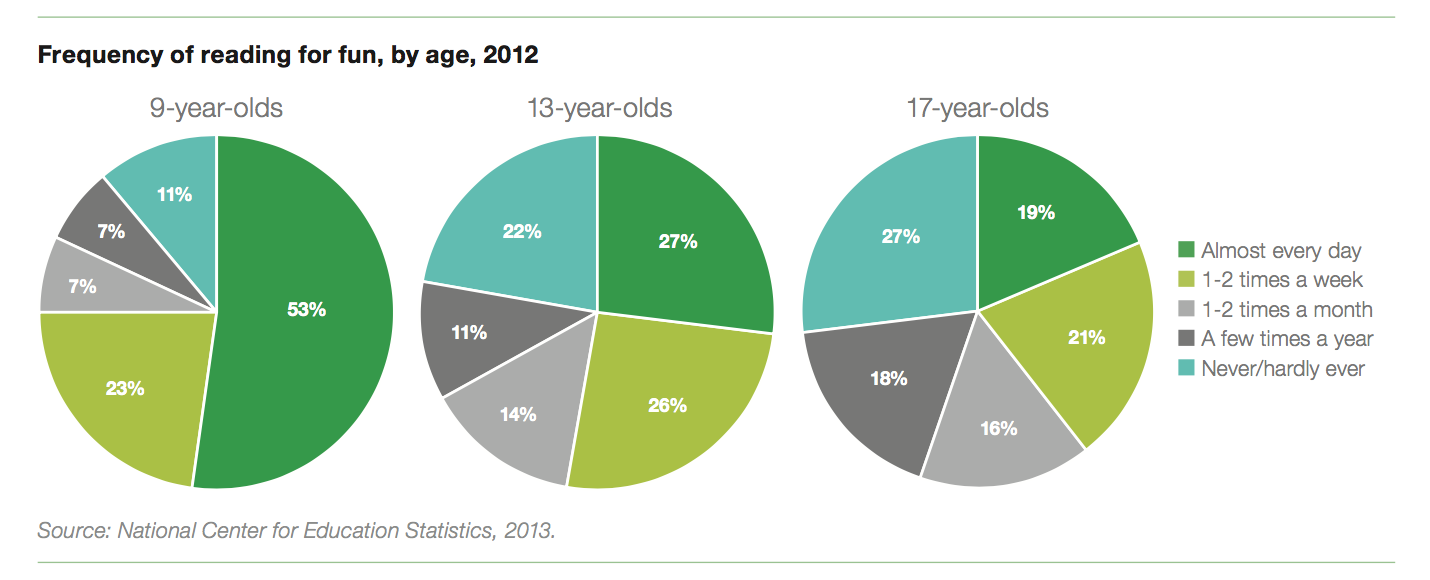I’m a filmmaker, not a designer. At least, that’s what I told myself.
Timeless wisdom from Bones | CBS
However, after finishing graduate film school, I realized my part-time tutoring job — while great for giving me ample time to write screenplays — wasn’t going to cut it financially for much longer. It was 2018, and I needed a better day job to support myself and my future wife. If I could showcase my abilities in a mock project, maybe someone would hire me for a real project. So, I decided to design a mobile app. What could go wrong?
In short, a lot went wrong. The app design flopped and never went anywhere. However, I still got my first UX job thanks to it! Here’s what I did, and how this perfect failure helped me more than I ever thought possible.
Finding a Problem
Before I could create an app, I knew I had to find a problem to solve. To that end, I turned my attention toward an area of which I had some experience: teaching. At the time, I was working part-time as an SAT tutor. Years earlier between college and grad school, I had worked as a substitute teacher. Therefore, I’d taught reading and writing to a plethora of high school students.
When reflecting on these experiences, I was startled to realize that the struggle most common among teens is a lack of desire to read outside of school. This negatively affects their grades, vocabulary, and future success in college and the workforce. That would be the problem I could solve: Motivate teens to read.
Photo by bruce mars on Unsplash
I applied my analytical and visual communication skills by researching and designing the app — dubbed PgTrnr — from scratch. In the end, it was all about proving my abilities rather than making a functional app…or so I thought.
Looking back, I presupposed that this problem could best be solved with an app, which is a hasty conclusion to make! In reality, I should have been honest with myself and only “decided” to create an app if that had turned out to be the most promising solution to the felt need I’d discovered. Alas, I was still a beginner. That’s failure #1.
Reading about Reading
First, I knew I needed to validate the problem I perceived to make sure it was a real issue as well as survey the competitive landscape to see what other websites, apps, and services existed in the field. I delved deep into researching the current trends and statistics on teen reading habits. Here’s a summary of why teens lose the desire to read as they age:
- Teens feel guilty not finishing a book, and thus don’t start.
- Reading is viewed as a “chore” or “homework.”
- Being forced to read reduces motivation.
- Many cite they don’t read because they can’t find books they like.

I also discussed the issue with fellow teachers to corroborate my findings. The other tutors at my center revealed that many of the teens know they should be reading, but still choose not to due to the pressures of school. This made me realize that teachers could also benefit from having an app to motivate and track their students’ extracurricular reading.
Not only could students use my imaginary app, but teachers or even parents could too! That’s great, right? That’s two more potential customer demographics. Nope, it’s failure #2. I didn’t interview any teachers outside of my coworkers or conduct a survey on parents of teens.** I didn’t validate that idea or market potential; I just assumed it**. If I’d been working on a project for a real client and told them to invest in that hunch, it would have been a foolhardy and potentially costly decision.
#design #ux-design #ux-research #ux #design-thinking